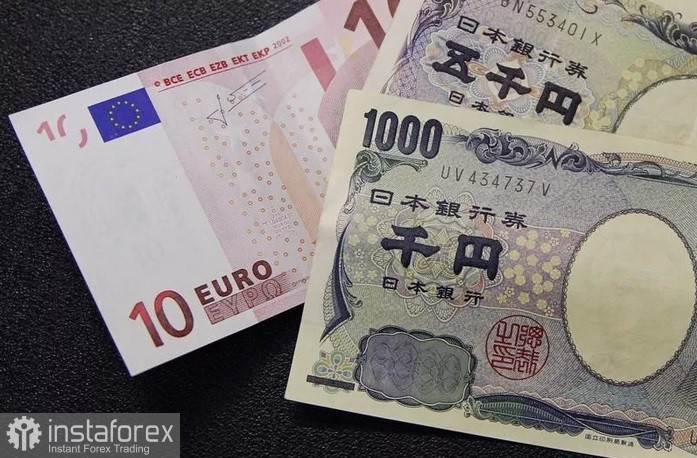
Today, the EUR/JPY pair is attracting buying interest on the decline near 177.85, pausing its modest pullback from the record high reached the previous day.
Initially, after the release of higher consumer inflation data from Tokyo, Japan's capital, the Japanese yen strengthened slightly, as the data confirmed the need for the Bank of Japan to continue tightening monetary policy. However, this initial reaction quickly faded, as investors remain uncertain about the timing of the BOJ's next potential rate hike—particularly amid rumors that the country's new Prime Minister, Sanae Takaichi, intends to focus on large-scale fiscal spending and refrain from further monetary tightening. This has created downward pressure on the yen and limited its appreciation, while simultaneously supporting the strength of the EUR/JPY pair.
On the euro side, the European Central Bank (ECB) on Thursday left its key interest rate unchanged at 2%—for the third consecutive time. The ECB also stated that its current policy stance remains appropriate, as the Eurozone economy continues to show signs of stability despite global trade uncertainty, and inflation remains close to the medium-term target of 2%. These factors further limit downward pressure on EUR/JPY and reinforce the likelihood of a continued uptrend. Therefore, any substantial corrections may present good buying opportunities, and such pullbacks are likely to remain modest.
From a technical perspective, oscillators on the daily chart are in positive territory, confirming the bullish outlook. However, it is worth noting that the Relative Strength Index (RSI) is nearing the overbought zone, suggesting a possible short-term correction before the next upward move.
The pair faces resistance at its historical high, while support lies at 177.85. A drop below this level would expose the next support at the 9-day EMA near 177.40. If the pair falls even further—below the 14-day EMA or the previous day's low—the bullish forecast would be invalidated.
 English
English 
 Русский
Русский Bahasa Indonesia
Bahasa Indonesia Bahasa Malay
Bahasa Malay ไทย
ไทย Español
Español Deutsch
Deutsch Български
Български Français
Français Tiếng Việt
Tiếng Việt 中文
中文 বাংলা
বাংলা हिन्दी
हिन्दी Čeština
Čeština Українська
Українська Română
Română

